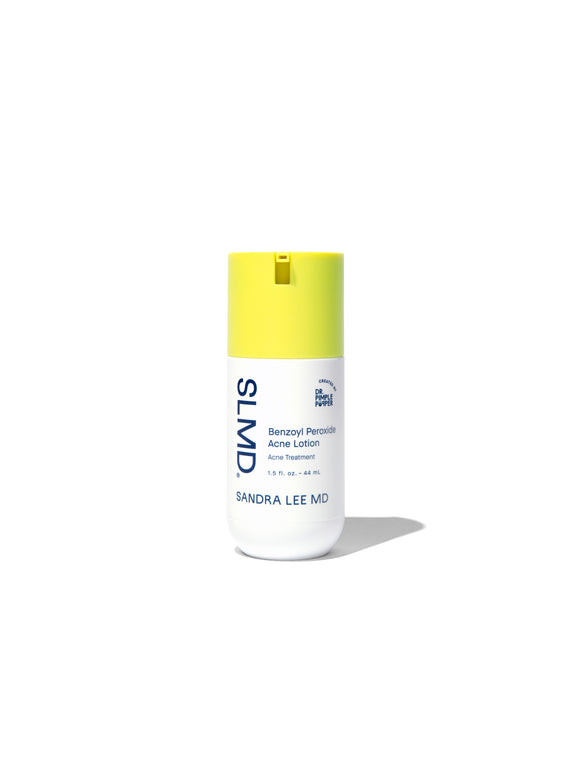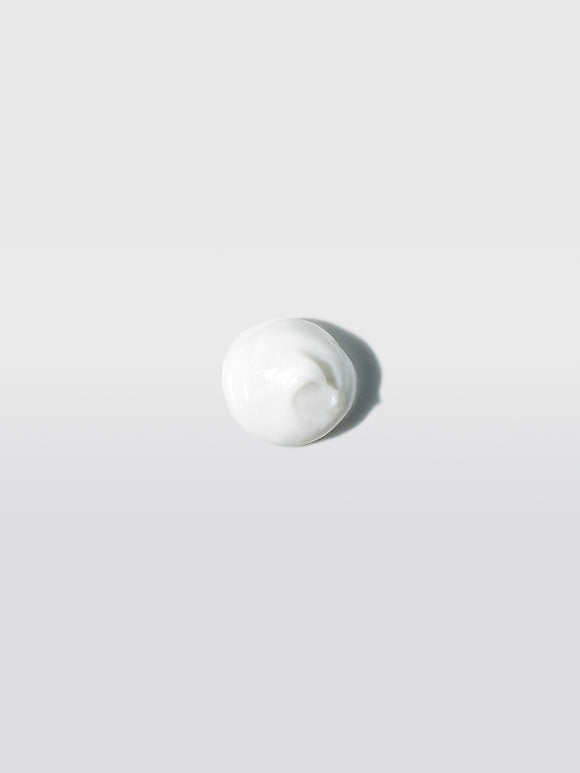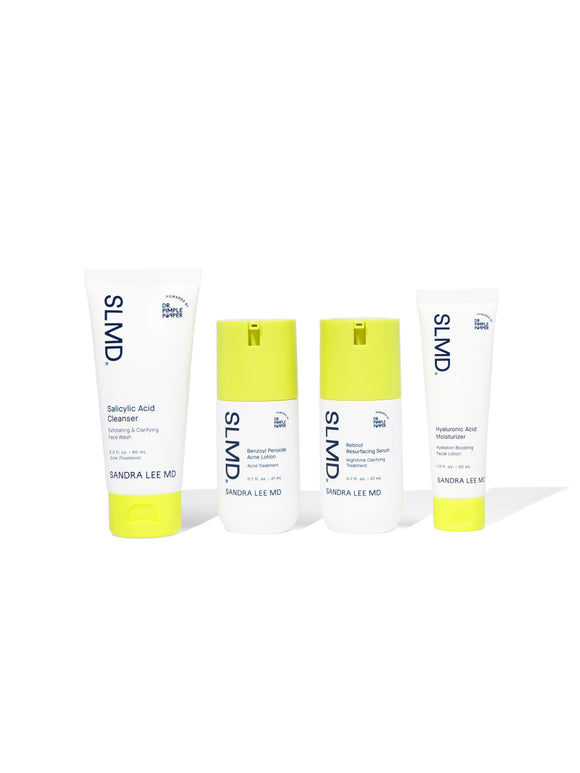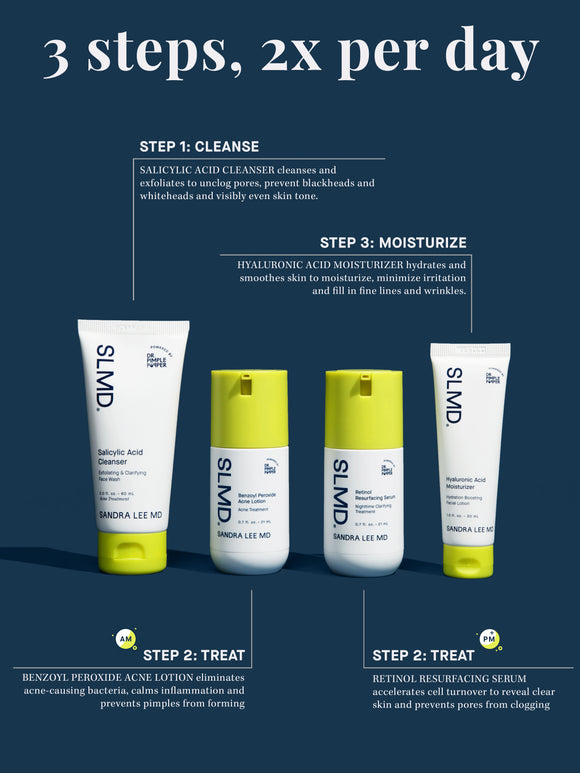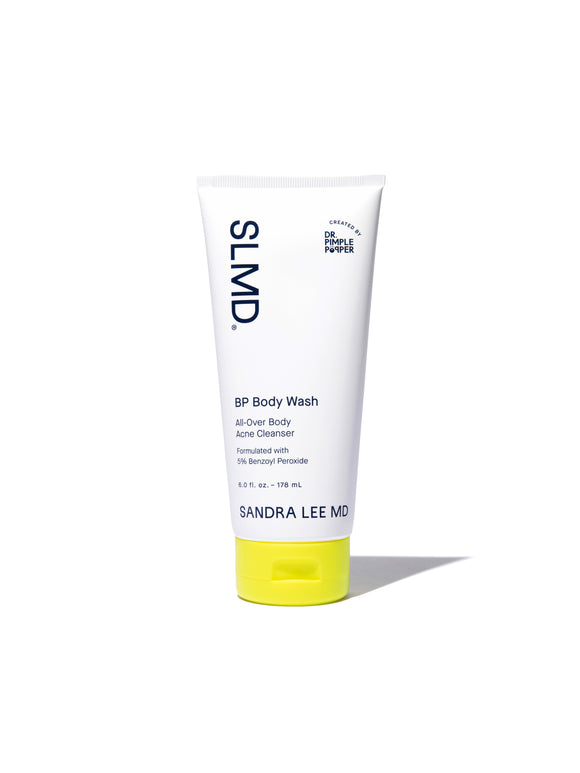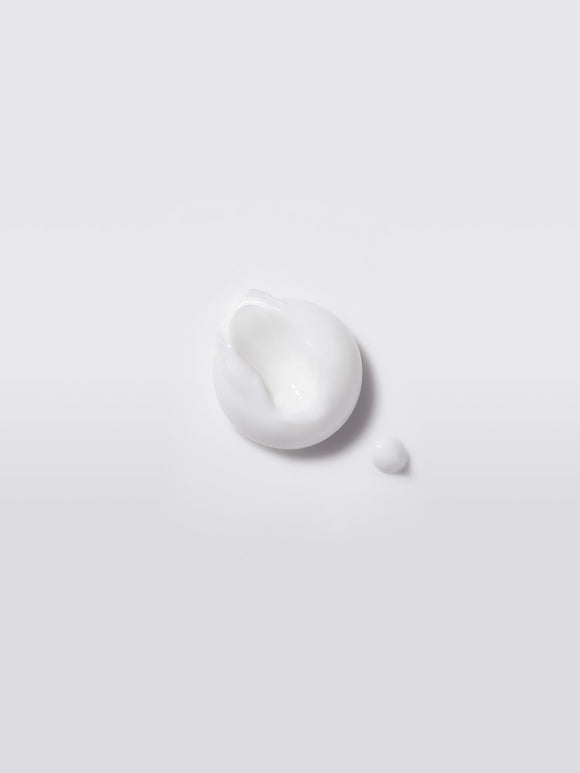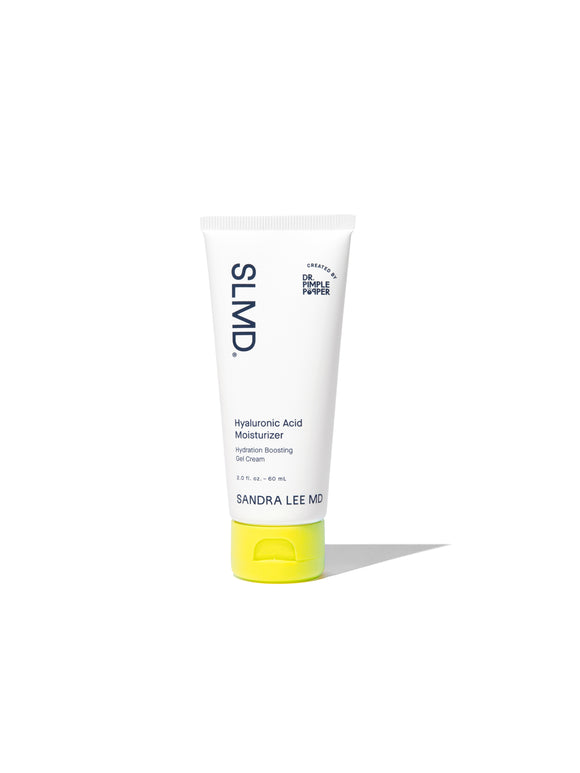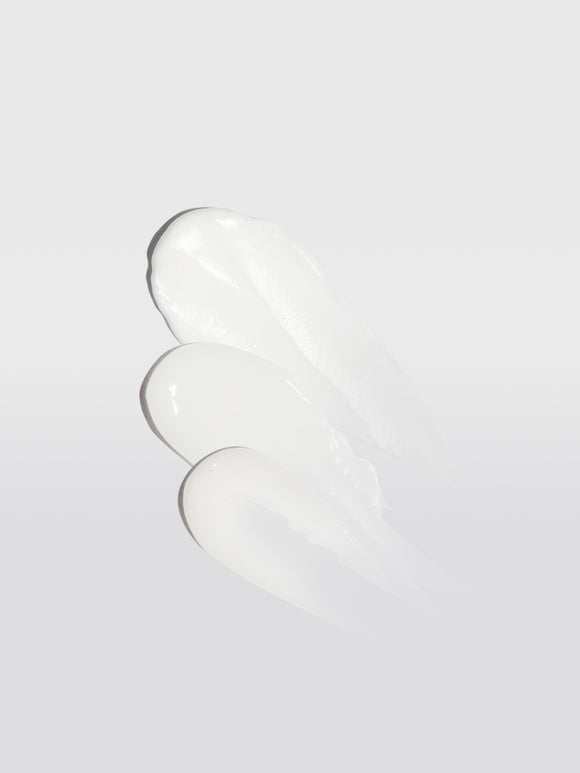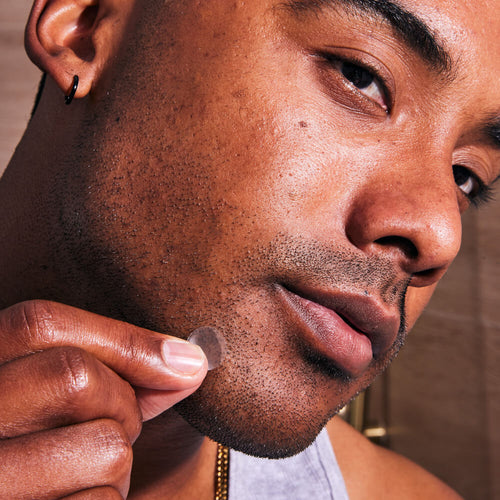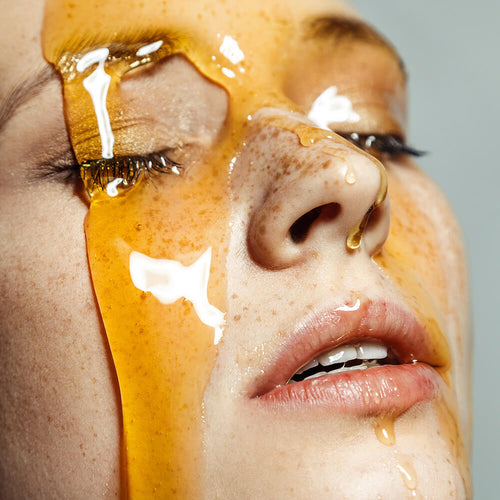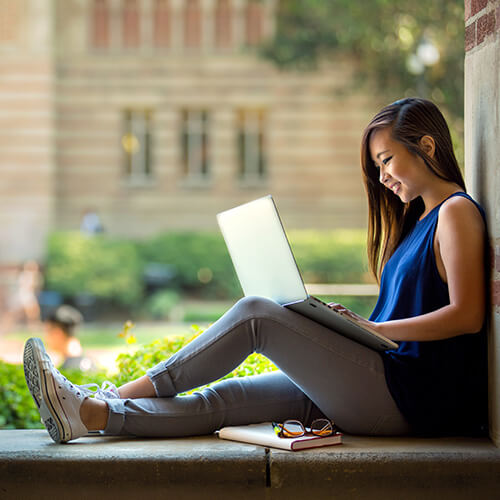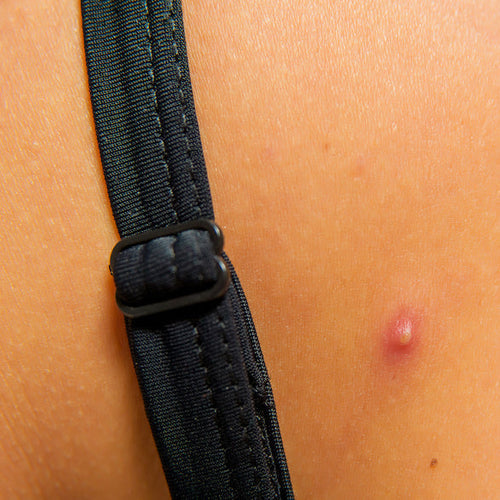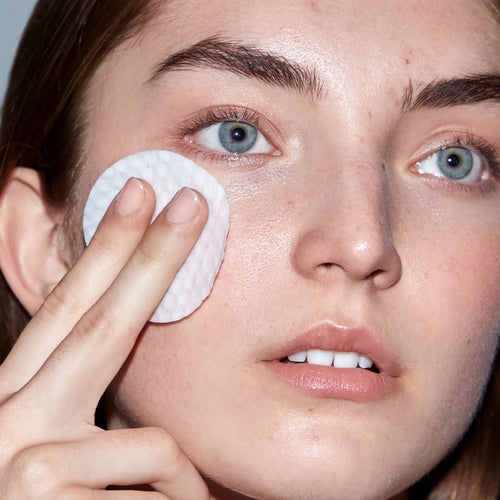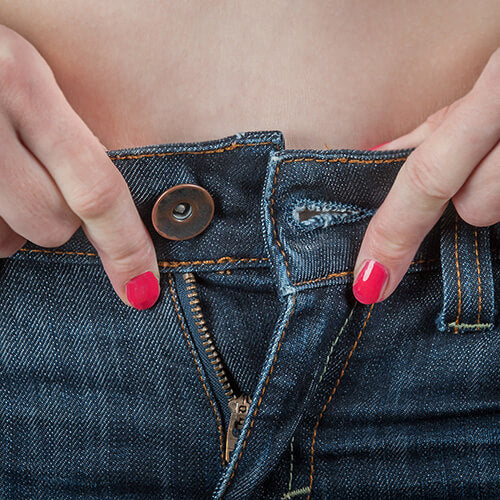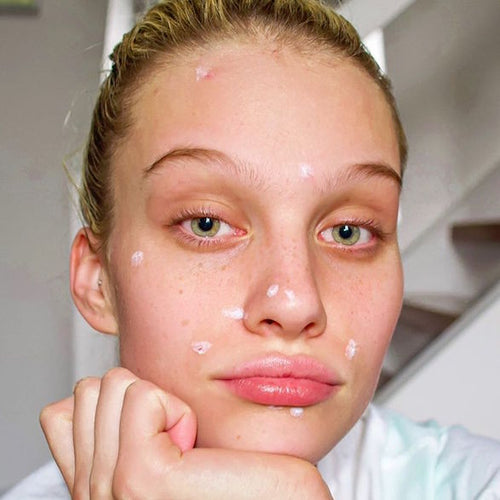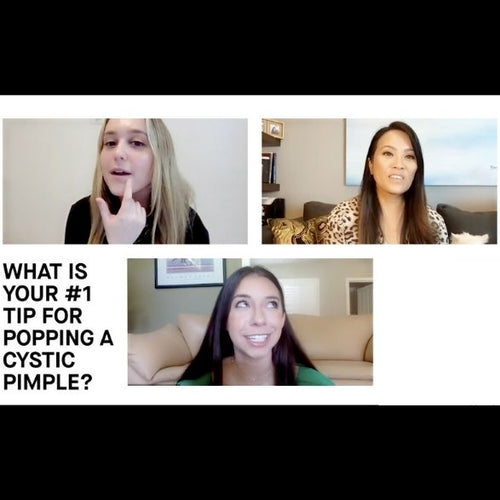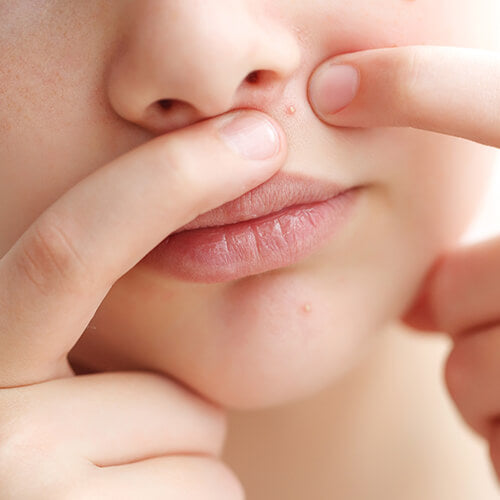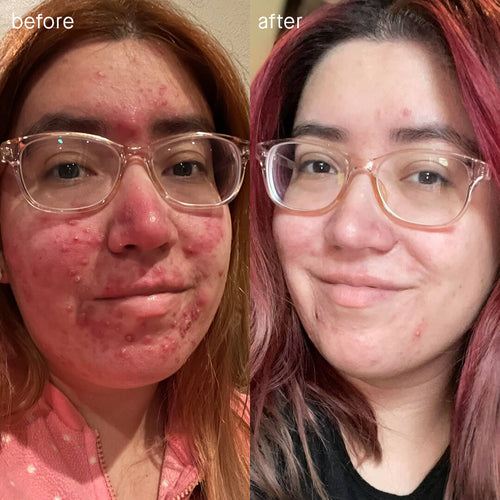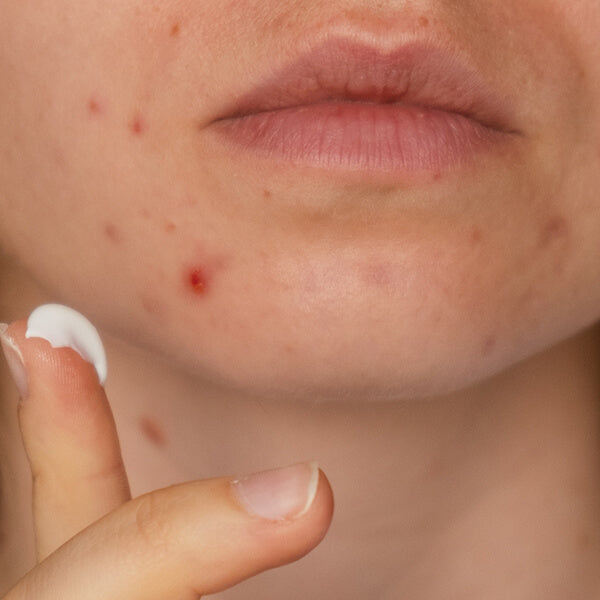
Can You Combine Benzoyl Peroxide and Retinol Safely?
Dr. Pimple Popper shares her tips for using these acne-fighting powerhouses in your routine.
Published:
3 minute read
Benzoyl peroxide and retinol are two of the most effective ingredients for managing acne, but combining them isn’t as simple as just layering them together. While both work to clear skin in powerful ways, their chemical properties and potential for irritation mean they require careful application to maximize results.
So, can you combine benzoyl peroxide and retinol? The short answer is yes — but with a strategic approach. Let’s break down how these two ingredients work, why using them together can be tricky, and how to build a safe, effective skincare routine.
Article Quick Links
How benzoyl peroxide and retinol fight acne
Benzoyl peroxide and retinol target acne differently, making them a powerful duo when used properly.
How benzoyl peroxide works
- Kills bacteria: eliminates C. acnes, the bacteria responsible for inflammatory acne, through oxidative reactions
- Exfoliates skin: breaks down dead skin cells that clog pores
- Reduces oil: may help control sebum production in some individuals
- Calms inflammation: reduces redness and swelling associated with acne lesions
SLMD Skincare to try: Benzoyl Peroxide Acne Lotion, BP Acne Spot Treatment, BP Body Wash
How retinol works
- Unclogs pores: regulates skin cell turnover, preventing dead cells from clogging pores
- Speeds up skin renewal: increases cell turnover, helping skin regenerate faster
- Boosts collagen production: stimulates collagen synthesis, improving skin texture and reducing post-acne marks
- Fights free radicals: neutralizes harmful free radicals that contribute to skin damage
SLMD Skincare to try: Retinol Resurfacing Serum
Why they work well together
Benzoyl peroxide targets acne-causing bacteria and clears active breakouts, while retinol prevents new breakouts and promotes healthier skin over time. Used together, they address both the causes and aftermath of acne, improving overall skin clarity and texture.
SLMD value bundles to try: Treat Yourself, Acne System, Cheek to Cheeks
Why combining benzoyl peroxide and retinol can be tricky
While benzoyl peroxide and retinol can complement each other, they need to be used carefully because:
- Oxidation conflict: Benzoyl peroxide is an oxidizing agent, while retinol is an antioxidant. When applied together, they can cancel each other out.
- Irritation risk: Both ingredients can be drying and irritating, especially when used on dry or sensitive skin.
The good news is that these challenges are manageable with proper timing and usage.
Dr. Pimple Popper's Benzoyl Peroxide + Retinol Picks
Can you use benzoyl peroxide and retinol together?
Yes, you can use benzoyl peroxide and retinol in the same skincare routine — but it’s important to apply them strategically to avoid irritation and maximize their benefits.
How to combine them safely
- Use benzoyl peroxide in the morning: Apply a BP cleanser, lotion, or spot treatment to target acne-causing bacteria.
- Use retinol at night: Apply retinol after cleansing to boost cell turnover and prevent new breakouts.
Tips for different skin types
- Oily or acne-prone skin: Use benzoyl peroxide every morning and retinol every night. Start slowly and increase usage as your skin builds tolerance.
- Dry skin: Alternate application days — use benzoyl peroxide one morning, then retinol the next night — to minimize irritation.
As always, follow product label instructions, and talk to your dermatologist for more personalized advice.
FAQ: Combining benzoyl peroxide and retinol
Q: Can I use benzoyl peroxide and retinol if I have sensitive skin?
A: If your skin is sensitive, it’s important to start slowly and monitor your skin’s reaction. Use benzoyl peroxide in the morning and retinol at night, beginning with every other day. Pair both with a gentle, non-comedogenic moisturizer to reduce irritation and support your skin barrier. If side effects persist, consult your dermatologist for guidance on adjusting your routine.
Q: What are the side effects of using benzoyl peroxide and retinol together?
A: Using these potent ingredients together can sometimes cause dryness, redness, or peeling. Over-exfoliation may weaken your skin barrier, so it’s crucial to stagger application and avoid using them at the same time. Always start with lower concentrations and adjust as needed.
Q: How long does it take to see results when using benzoyl peroxide and retinol?
A: Results can vary, but most people notice improvements in acne within 4–6 weeks. Benzoyl peroxide works quickly to reduce bacteria and inflammation, while retinol’s long-term benefits — like smoother skin and fewer breakouts — may take up to 12 weeks or longer.
Q: Are there any skincare products I should avoid when using benzoyl peroxide and retinol?
A: At least initially, it's best to avoid combining them with other strong exfoliants or irritants like AHAs, BHAs, or harsh scrubs. Using multiple active ingredients can overwhelm your skin and increase the risk of irritation. Focus on hydrating and calming products to complement their effects.

Dr. Lee's Last Word
Using benzoyl peroxide and retinol together can transform acne-prone skin, but you have to do it carefully. Stagger your application — benzoyl peroxide in the morning and retinol at night—and always listen to your skin. With the right routine, you can enjoy clearer, healthier skin.



